Reading scholarly, peer-reviewed journal articles is a skill that you develop. Journal articles (particularly research articles) are organized in a way that facilitates a more selective reading process, i.e. skimming and/or reading sections in a different order.
There is no single way to correctly read a journal article. Ask your professors - they'll each have their own way of breaking down and reading articles, both within and outside of their field. Below are resources and guidelines to help you:
When you're reading your sources:
- Critically evaluate the theoretical positions being advanced
- Critically evaluate the adequacy of the methods and data to address the position being advanced
- Examine what has previously been found in studies about your topic
- Examine how your topic fits into this literature and how it helps answer your research questions
When you're critiquing journal articles, look for key information like:
- What are the main hypotheses?
- Why is this research important?
- What are the theoretical perspectives of the authors?
- What is the sample size?
- Were the research measures and procedures appropriate for studying the stated hypothesis?
- What were the key research findings?
- Are the authors' conclusions supported by the data? Why or why not?
- Did the authors show any bias?

